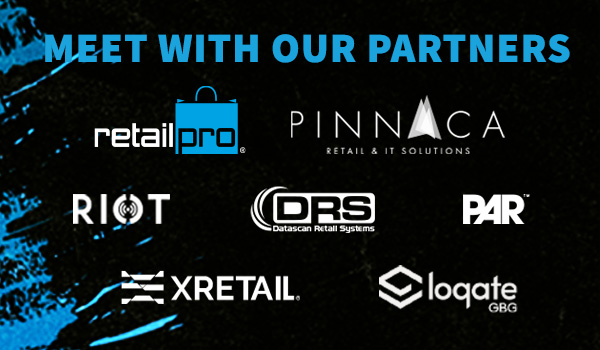
Catering to the preferences and behaviors of Generation Z (or, “Gen Z”) customers has become a top priority for brands aiming to stay relevant and competitive.
Key to fulfilling that goal is a commitment to innovative retail strategies.
Gen Z, born between 1997 and 2012, has an estimated $450 billion in global spending power, and of that, $360 billion comes from the United States.
This generation is known for its tech-savvy nature, strong desire for authenticity and preference to purchase experiences rather than material possessions.
To be successful with Gen Z shoppers, a well executed, thoughtfully planned digital presence is mandatory.
Because experiential customer experiences go much farther than traditional marketing in engaging this influential demographic, many retailers are hosting coordinated events that provide unique and memorable experiences.
Such collaborative events bring together multiple brands or influencers to create a dynamic and multifaceted experience.
Leveraging digital connections Gen Z notices

For instance, a clothing retailer might partner with a local artist and a popular social media influencer to host a fashion show and meet-and-greet event, allowing Gen Z customers to interact with their favorite personalities and discover new products.
By fostering such collaborations and connections, retailers can tap into the social networks and communities that are important to Gen Z.
Prom events are another popular way for retailers to engage with Gen Z customers.
The largest U.S. beauty retailer, Ulta, sponsors prom-themed beauty events where customers can receive makeovers, hair styling and personalized beauty consultations.
Such events, in combination with its popular loyalty program, has enabled Ulta to create a base of customers that are likely to be loyal for many years because of the beauty giant’s tailored approach.
Such events create a sense of community and excitement among Gen Z customers, particularly because prom is a milestone for many – and they also drive foot traffic into the store.
Nike, too, is tapping into the popularity of loyalty programs with Gen Z.
The athletic shoe powerhouse has launched the NikePlus membership program, which provides members early access to new products, exclusive events and personalized training plans.
Gone are points systems and coupons as rewards: Brands that understand Gen Z’s taste and interests and create loyalty programs broadcast across channels to cultivate a sense of belonging among this demographic.
With Retail Pro Prism, it is easy to keep track of data about your customers so you can best reach them on whichever channel is most effective, and track and analyze different segments of your customers.
Sending regular messages to customers via SMS or email using digital marketing tools such as OptCulture for Retail Pro. It makes advanced segmenting and consistent targeted marketing across channels an easy feat you implement once.
For these digital natives, tech plays an important role in how they view a brand or product.
Immersive and interactive experiences appeal to Gen Z customers; as a result, retailers are incorporating virtual reality and augmented reality technologies, enabling customers to try on clothes virtually or customize products in real-time.
By embracing cutting-edge technologies, brands are able to create a unique and memorable shopping experience, which is especially appealing to this demographic.
The celebrity angle

Designer and celebrity collaborations can also boost a brand’s status with Gen Z.
Take Crocs, the foam footwear brand that has reclaimed a top spot in the footwear world.
The brand has partnered with high-end designer Balenciaga and as well as a range of celebrities — including Post Malone, Justin Bieber and Luke Combs – which has further propelled Crocs resurgence.
Brands and retailers that prioritize offering experiential customer experiences are well-positioned to capture the attention and loyalty of Gen Z customers.
By organizing events, implementing innovative loyalty programs, and integrating technology into their stores, brands continue to create avenues to set themselves apart in a crowded marketplace and forge lasting connections with the next generation of consumers.

























































